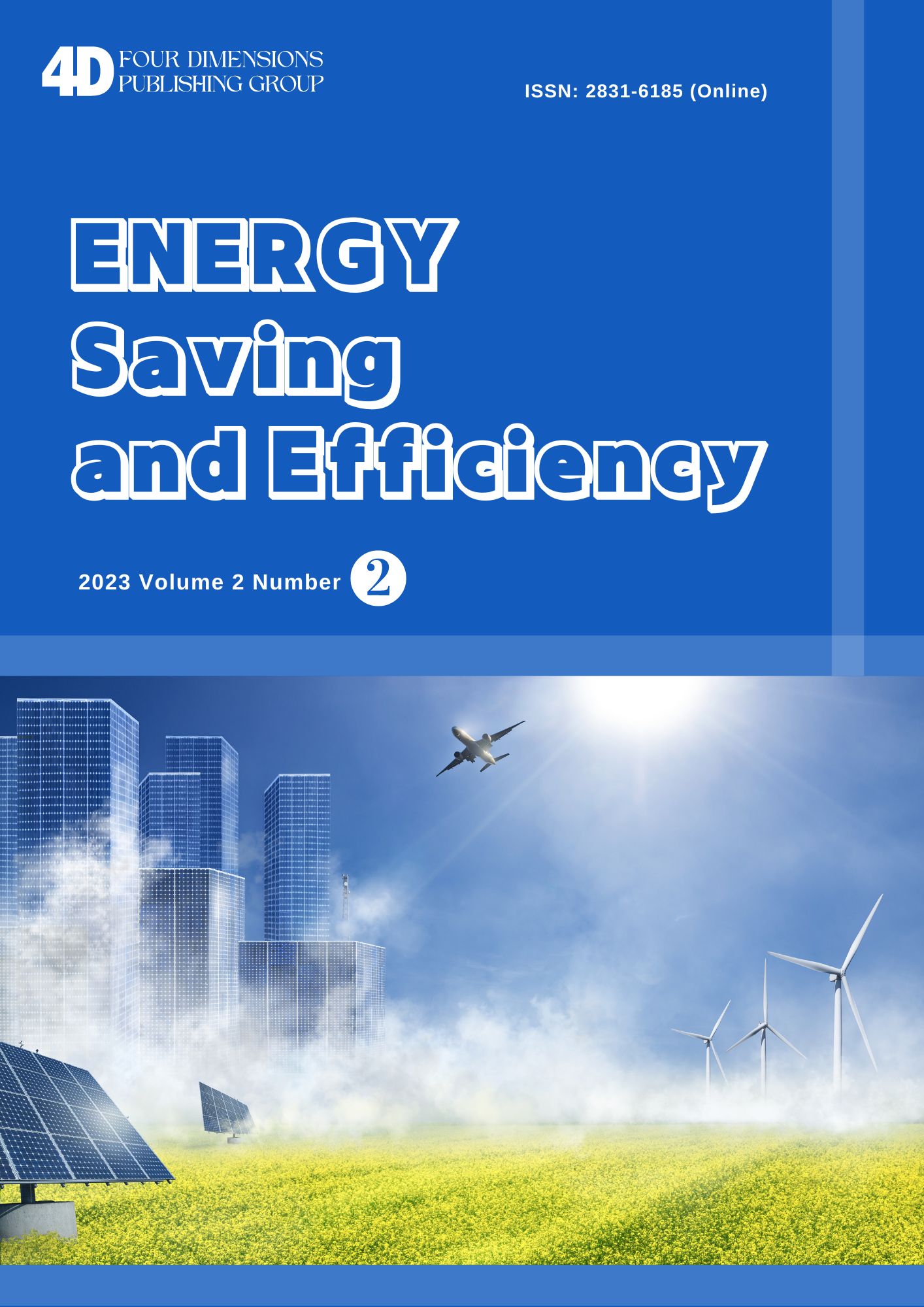
Energy Saving and EfficiencyOpen Access
Energy Saving and Efficiency[ESE] is an international peer-reviewed journal that publishes original and high-quality research papers in all related areas. All papers published will be open access to all readers. To build a platform for scientific research and academic exchange for scholars, focusing on the development and research, introducing worldwide research, theory and practice, and promoting international exchanges.
ISSN: N/A (Print)
Frequency: Bimonthly
ISSN: 2831-6185 (Online)
Website: https://doi.org/10.55571/ese
Email:journal@4dpublishinggroup.com /ese@4dpublishinggroup.com
Indexing and Abstracting: Google Scholar; CrossRef; ResearchBib; WorldCat; CiteFactor
Email:journal@4dpublishinggroup.com /ese@4dpublishinggroup.com
Indexing and Abstracting: Google Scholar; CrossRef; ResearchBib; WorldCat; CiteFactor
A Laboratory Investigation on Flow Traits in Saturated Clay
DOI: https://doi.org/10.55571/ese.2022.04013
Authors: Ghritartha Goswami* and Sudip Basack
Affiliation:
North Eastern Regional Institute of Science and Technology, Nirjuli, Arunachal Pradesh, India
Elitte College of Engineering, Affiliation: MAKA University of Technology, Kolkata 700113, India
Information: Energy Saving and Efficiency. April 2022 Vol.1, No.1, pp 12-16
Authors: Ghritartha Goswami* and Sudip Basack
Affiliation:
North Eastern Regional Institute of Science and Technology, Nirjuli, Arunachal Pradesh, India
Elitte College of Engineering, Affiliation: MAKA University of Technology, Kolkata 700113, India
Information: Energy Saving and Efficiency. April 2022 Vol.1, No.1, pp 12-16
Abstract:The properties of flow through saturated soil are complicated. When the head is low, the flow is virtually linear, and Darcy's rule applies. The flow is nonlinear at the increasing head and is mathematically known as Forchheimer's flow. Several factors, including soil and fluid properties, influence the critical flow velocity for this transition and the corresponding Reynold's number. An experimental examination was carried out in this paper using a falling head permeameter and a locally accessible soft soil sample. The test findings were subjected to a careful analysis and interpretation to identify the linear and nonlinear flow characteristics, and key conclusions were obtained as a result.
Keywords:Aquifer, Groundwater, Saline water intrusion
Cite This Article:Goswami G. and Basack S. (2022). A Laboratory Investigation on Flow Traits in Saturated Clay. Energy Saving and Efficiency, Vol.1, No.1, pp 12-16
Keywords:Aquifer, Groundwater, Saline water intrusion
Cite This Article:Goswami G. and Basack S. (2022). A Laboratory Investigation on Flow Traits in Saturated Clay. Energy Saving and Efficiency, Vol.1, No.1, pp 12-16
